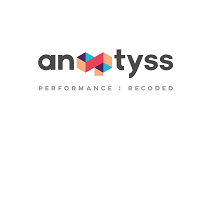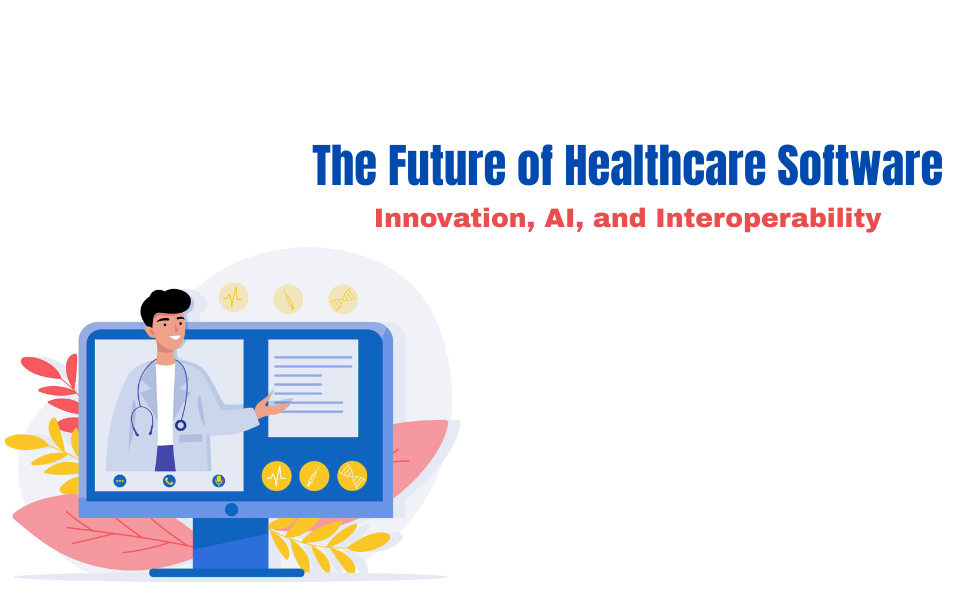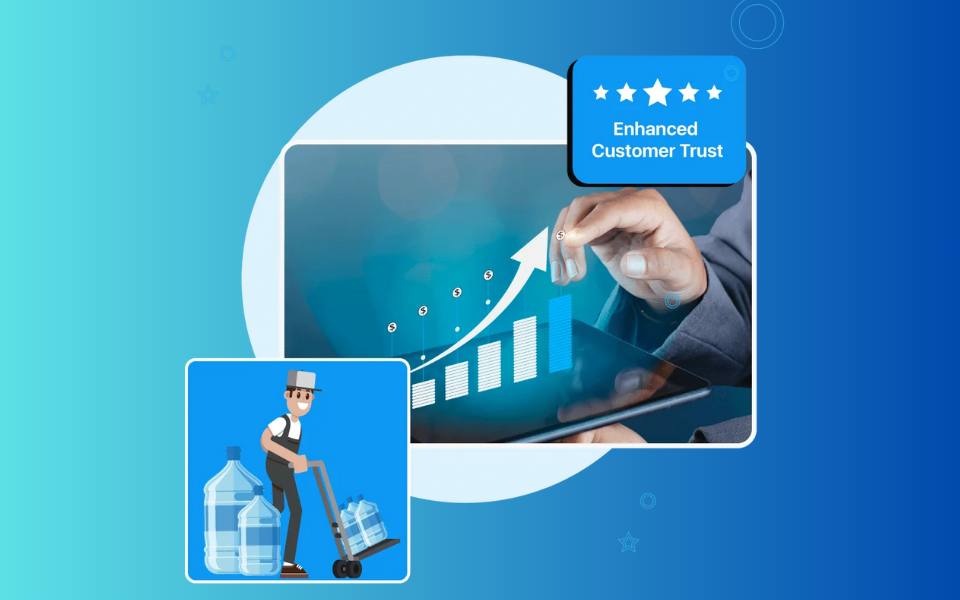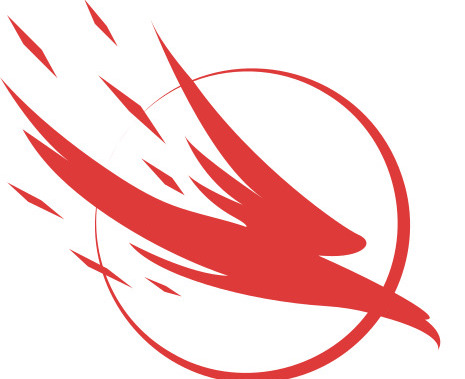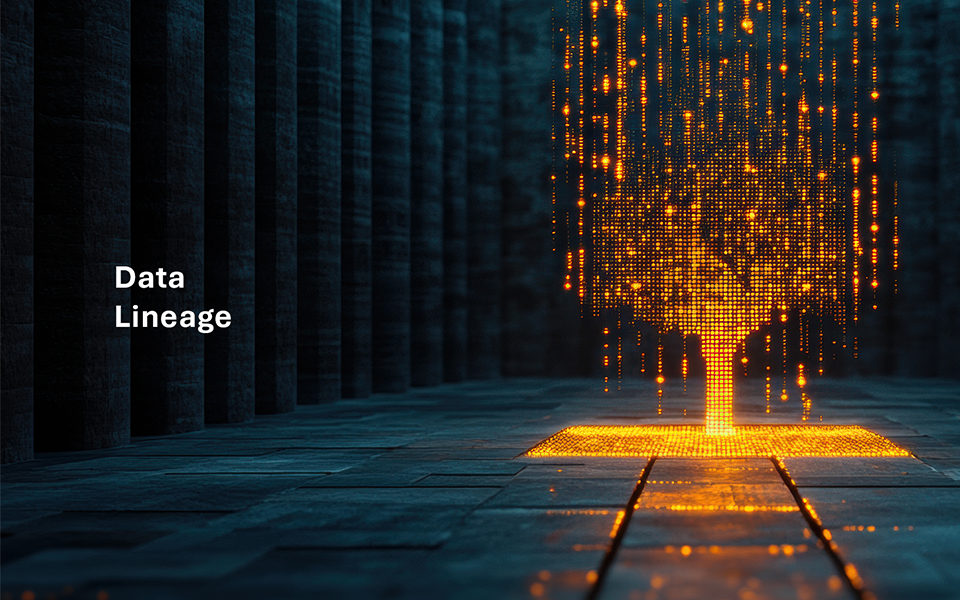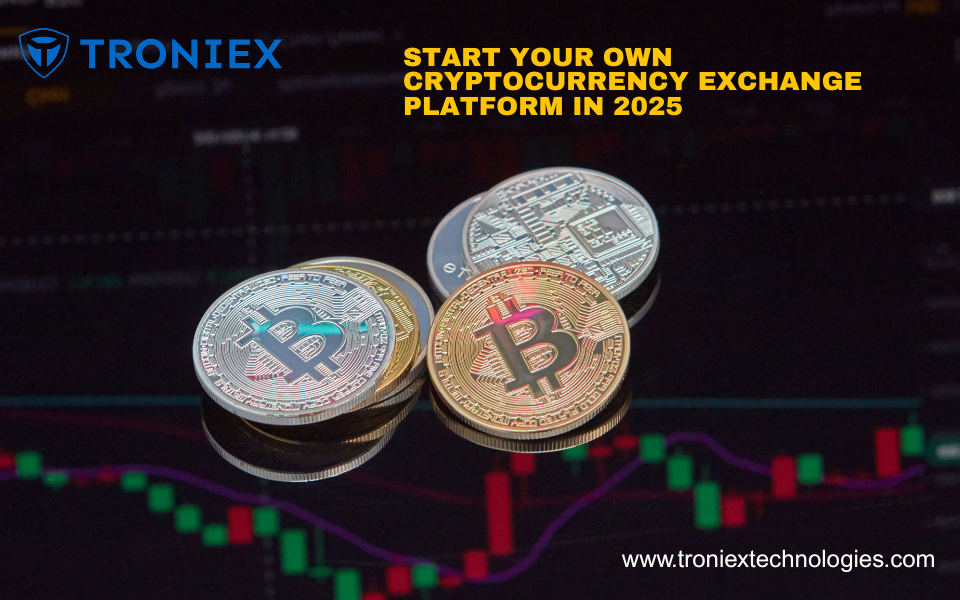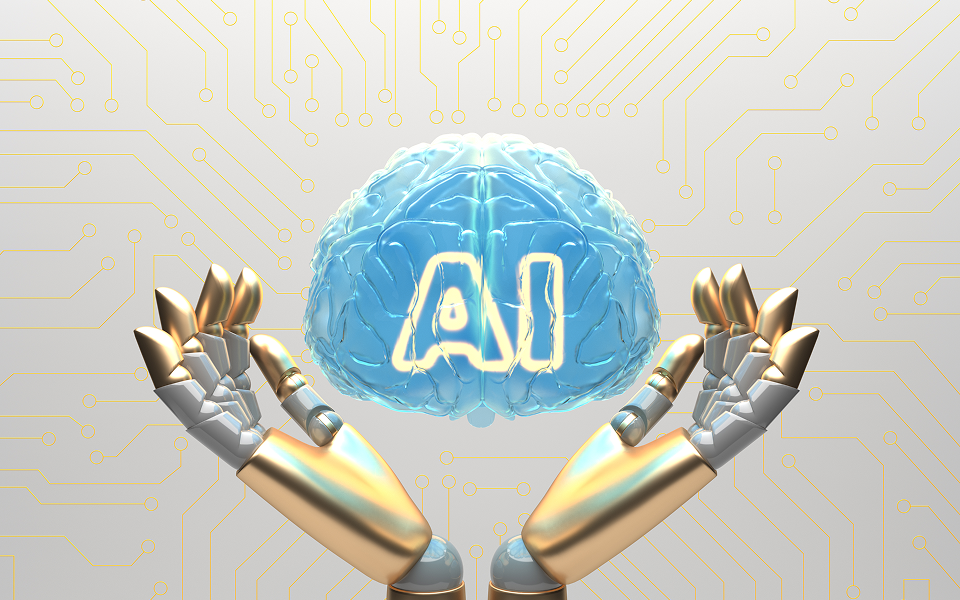India’s largest power producer, NTPC, has been organizing the “Global Energy Technology Summit” (GETS) over the past few years. This brings nearly all the key players in the power industry including global automation suppliers, OEMs, users, EPCs and engineering service providers on a common platform to share their expertise. At GETS 2016 held in Delhi, India, eminent experts from the power industry held a panel discussion moderated by ARC Advisory Group’s G. Ganapathiraman. The discussions centred on “Digital transformation for the New Power Generation Landscape.” This is the first in a series of ARC blogposts that will cover the various areas discussed by the panel.
What does digital transformation mean for the power industry and how does the industry perceive it?
Digitization and consequently digitalization of enterprises is impacting both the technical and business environments of organizations. From the perspective of the power industry, the benefits appear both comprehensive and viable. The impact can be seen all the activities of the business- from plant operation, maintenance, processes, and future infrastructure investments to finance and people. Moreover, digital transformation is happening at multiple levels – industrial product transformation, operations transformation, business model transformation, and aftermarket service transformation.
To leverage digitalization, a new combined approach involving synergy between the digital and industrial infrastructure is needed, and cannot be done with a traditional, software-only approach, according to GE. Therefore companies have to adopt new business practices that take full advantage of digital capabilities to optimize plant performance, improve operations, reduce costs and emissions while maximizing economic output. For power producers, digitalization is facilitating improved asset utilization right from field devices to the fleet level. It therefore affects the smallest production asset up to the largest, fixed or stationary. From the perspective of improving power plant efficiency, digital innovations open the way for real-time demand adjustment, optimization of input resources, and deliver higher electricity output from existing assets.

To start with, it is important to have a clear digital roadmap. This comprises smart sensors (prices for which are getting lower) and data acquisitions systems; followed by a centralized data repository and historians, standardized database that can be accessed easily and consistently by users, secure transmission channels, and aggregated visualization of KPIs up to the fleet level. Digital instrumentation in plants is getting smarter, and are increasingly using communication protocols such as fieldbus and wireless networks. This is enabling operations transformation. For example, new standard operating procedures in the power plant will first check the software, instead of requiring a physical field inspection, reducing associated downtime to a large extent. More advancements are also expected in the areas of interfacing and information sharing between systems both, horizontally and vertically. We’ll also see platforms for interfacing with third-party systems. This will depend on the level of intelligence embedded in the systems.
Digitalization would also entail centralization of asset information, which would then facilitate reliable and seamless information sharing and collaboration between stakeholders. Thus, decisions will be made based on the contextual information and not solely on data. Digitalization will also enhance integration between an organization’s IT and OT systems/layers. This will enable companies to monitor and control operational and capital expenditures wisely, and predict the best economical outcome in a controlled and automatic manner. Such a collaborative working environment will give rise to new value chains in the power sector. These, in turn, would require new workflows to be defined describing the interactions between the fleet central services, subject matter experts, plant personnel (operations, maintenance, and engineering), business managers, and top management. Moreover, increased data sharing also requires the highest degree of cyber security to help mitigate potential data privacy and system security risks.
Digitalization will change the way power producers and OEMs will do business in the future. Power producers will have to adapt their way of operating the business and consequently their production facilities. Production plants would be operated and maintained in a unified way, as a fleet, rather than separate production islands. As highlighted by Siemens, this would enable power producers to respond quickly to market demands. This would also open up opportunities for the OEMs, as they can add more value to their offerings for end users. One aspect includes remote monitoring support through third-party connected services (accessing real-time sensor-based data from customer assets) such as outsourced condition monitoring and performance monitoring contracts for reducing downtime and improving asset performance, as can be seen in this video link. IIoT-enabled maintenance contracts, such as servicing of an asset when an issue is detected through the connected services, is another useful outcome of digitalization, mentioned Emerson. OEMs and automation suppliers need to rethink their long-term programs and supporting contracts, and customize these according to the power producer’s needs. New types of flexible supporting services, enabling faster and effective customer support can be offered. As can be seen, asset performance management is one of the key benefits of digitalization. Partnering with users and monitoring their assets in real time can increase asset availability significantly, recommended ABB. Through proactive monitoring, unexpected shut-downs can be avoided and the assets that are likely to fail can be replaced or serviced. Digital transformation not only necessitates investing in infrastructure and new technologies; but also changing outlook, public policies, and business models. It also entails investing in people through training and on-the-job skills upgrading.
Another line of discussion involved the adoption of Industrie 4.0 and to what extent it needs to be implemented? Should the power industry aim for 4.0 (completely into the world of Cyber Physical systems), would 3.5 or 3.7 suffice?
Industrie 4.0 focuses upon the importance of building open software and communication standards that allow plant sensors, controllers, machines, logistics systems, enterprise systems, products and people to communicate and cooperate with each other directly. It is relevant to the power industry’s journey toward digital transformation.
During the deliberations, it came out clearly that partial adoption of Industrie 4.0 is questionable and moreover, as the digitalization wave is evolving rapidly, an Industrie 3.5 or 3.7 standard might not happen in the power industry. Since a complete implementation of Industrie 4.0 in a single stroke is not viable, it should be adopted in a phased manner. Industrie 4.0 is a clear milestone for end user and suppliers, and with the rapid expansion of the IT and advanced automation technologies into power generation, the implementation of cyber physical systems has already started. Initially, the focus will be the brownfield projects, or the installed fleet. However, many power plants have a lot of analog 4-20 mA instrumentation, and may find it hard to replace these instruments anytime soon. Such plants can be modernized by adding wireless sensor networks as a second layer of automation to cover the many manual tasks and missing measurements in a power plant.
Many power plants already have connected systems in place, but they may be in silos and the synergy between plant assets and the high-speed digital infrastructure could be missing. The right approach would be to adopt digital transformation in minimally viable phases, while keeping an outcome-based approach for each phase. This would enable power plants to achieve overall digital transformation, recommended GE. One such implementation resulted in the company finding a spot at Guinness Book of World Records for achieving 62.22% efficiency a combined-cycle power plant in Bouchain, France.
Integrated Engineering (including Digital Twins) and Integrated Plant Operations for Existing and New Plants Digital
Twin is a collection of physics-based methods and technologies used to model the present state of every asset in a digital power plant. The models start by providing guidance on “design limits” of a power generation unit at the commissioning stage, or inferring the design limit for an existing plant by matching the equipment to thousands of other similar pieces of equipment in the database. These models are then continuously updated and learn to accurately represent the current state of a plant during its lifetime.
The models, in conjunction with the sensor data, can enable users to predict the plant’s performance, evaluate different scenarios, understand trade-offs, and enhance efficiency. In addition, having a digital thread encompassing data and analytics across the complete product life cycle; from design, manufacturing, operations and maintenance to service in a closed loop, will increasingly become the order of the day to achieve higher levels of efficiency in manufacturing and operations. Additionally, next-generation software will connect machines, people, material, and processes and create a new breed of data- driven digital enterprises.
Even though it’s a natural tendency to think that digital twins will be integrated into new plants with new collaborative business models enabled through digitalization; integrated engineering (including digital twin) can be applied for both the existing and new plants to manage the lifecycles of thousands of assets. This would reduce outages, improve performance, and achieve optimal operations. Moreover, it was pointed out that the new business models will be accepted only if the technology is creating value for both suppliers and end users. Therefore, simulations of any sort that could help control and improve economic performance will play an essential role in this new business model concept.
“Reprinted with permission, original blog was posted here. You may also visit here for more such insights on the digital transformation of industry.
About ARC Advisory Group (www.arcweb.com): Founded in 1986, ARC Advisory Group is a Boston based leading technology research and advisory firm for industry and infrastructure.
For further information or to provide feedback on this article, please contact akanagali@arcweb.com
About the Author:
Amruta Kanagali
Amruta’s main areas of focus are automation systems and solutions for process and hybrid industries, covering both India and the worldwide market.
Amruta’s expertise in automation technologies include distributed control system (DCS), SCADA, manufacturing execution systems (MES), process safety, and field instruments such as pressure transmitters, level measurement devices, control valves, and regulators. She has conducted capital expenditure analysis and customized strategy assignments (market expansion/entry, market opportunity assessment) for global and domestic companies.



















